How Encryption Helps to Keep Your Data Secure
Often referred to as disk encryption, this keeps data safe by encoding all storage drives on a computer into ciphertext. You can encrypt hard drives...
2 min read
 Randy Lindberg
:
11 Apr 2018
Randy Lindberg
:
11 Apr 2018
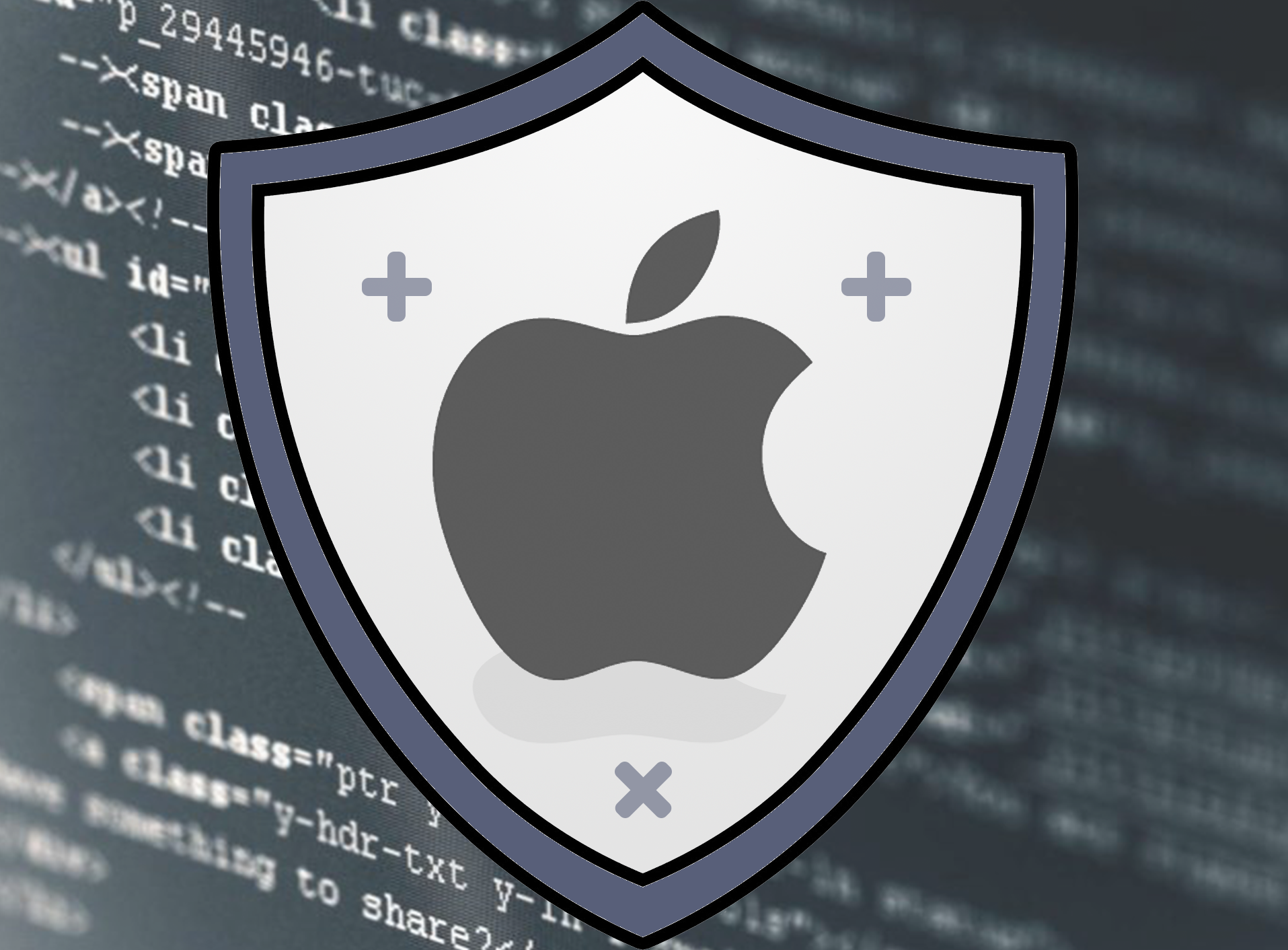
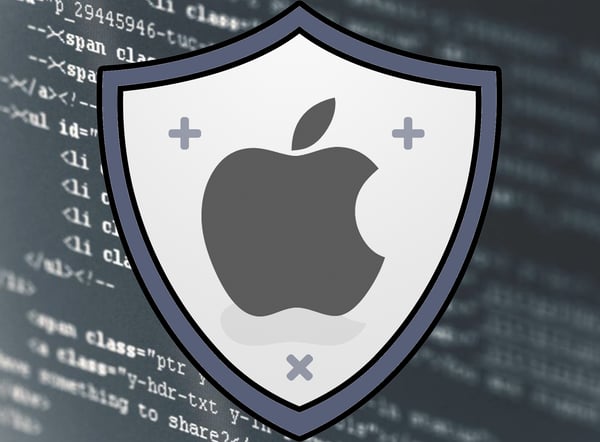
At Rivial, we strive to keep both our partner’s personal and professional data private too. In keeping with that theme I wanted to talk about the few simple steps you can take to secure your personal iPhone or Apple ID.
What is Apple ID’s two-step authentication? It is the ability to secure your Apple ID transactions with two forms of unique and private data such as your password and your cell phone. This additional security would make it more difficult for criminals to hack your account and gain access to your private data in the cloud.
I know you are asking yourself the question, do I really need to enable two factor authentication for my Apple ID? The answer is yes. Even Tim Cook, Apple’s CEO, wrote a message about Apple’s commitment to protecting your privacy and in it, he recommends users to turn on Apple ID’s two factor authentication to ensure your identification is secure and less likely to be hacked or compromised.
For years I thought like many of you did. I’d hear about a hacking scandal involving Target or any similar company and all I could do was hope that my information was not compromised and then I would hurry and rush to change my all of my passwords hastily. That’s it. That was my secret weapon against hacking, a password that I changed occasionally. Anyone who has some experience in the industry knows a hacker, if given the time can will crack your password. Now, ask the hacker to hack your password and have control of your personal cell phone – this presents a much less likely scenario which is why you need to turn on your Apple ID’s two factor authentication.
Here’s how two factor authentication would affect you if you made this change:
If you use your computer to purchase a song from iTunes, you are prompted by Apple for your Apple ID. If you enable two step authentication then you will be prompted to enter a code from a text message sent to your iPhone. It is this additional step that proves yes, you are who you say you are and yes you want to purchase this song.
If you are ready to make the move, here’s what you need to know.
Before Starting:
1. Make sure you know your password for your current Apple ID.
2. Make sure you have reset or know the questions to the Additional Security Questions set with your online ID.
3. Record your Recovery Key in a special place offline.
The first one is obvious, the second was not. Be sure to have these issues before continuing to the next step and should you need to reset your questions don’t hesitate to contact Apple Support and take the same care with those questions as you do with your password.
How to setup two-step authentication:
After you complete your steps, Apple requires that you wait 48 hours for your settings to take effect. After you’ve made that change you will need to login into each of your devices that require your Apple ID and ensure your login is working.
Congratulations! You made your Apple ID more secure and less likely to be hacked.
You simply cannot put a price on securing that information. You can’t. All you can do is continue to make it more difficult for hackers to breach your data security.
If you continue to need assistance in setting Apple two-step authentication, please refer to the FAQ directly from Apple or if you are ready to move on here’s an article from Lifehacker on other accounts you should use two-factor authentication.
If you run into issues, need advice or are curious about risk assessment services please reach me here.
What else would you like us to discuss? Please feel free to suggest.
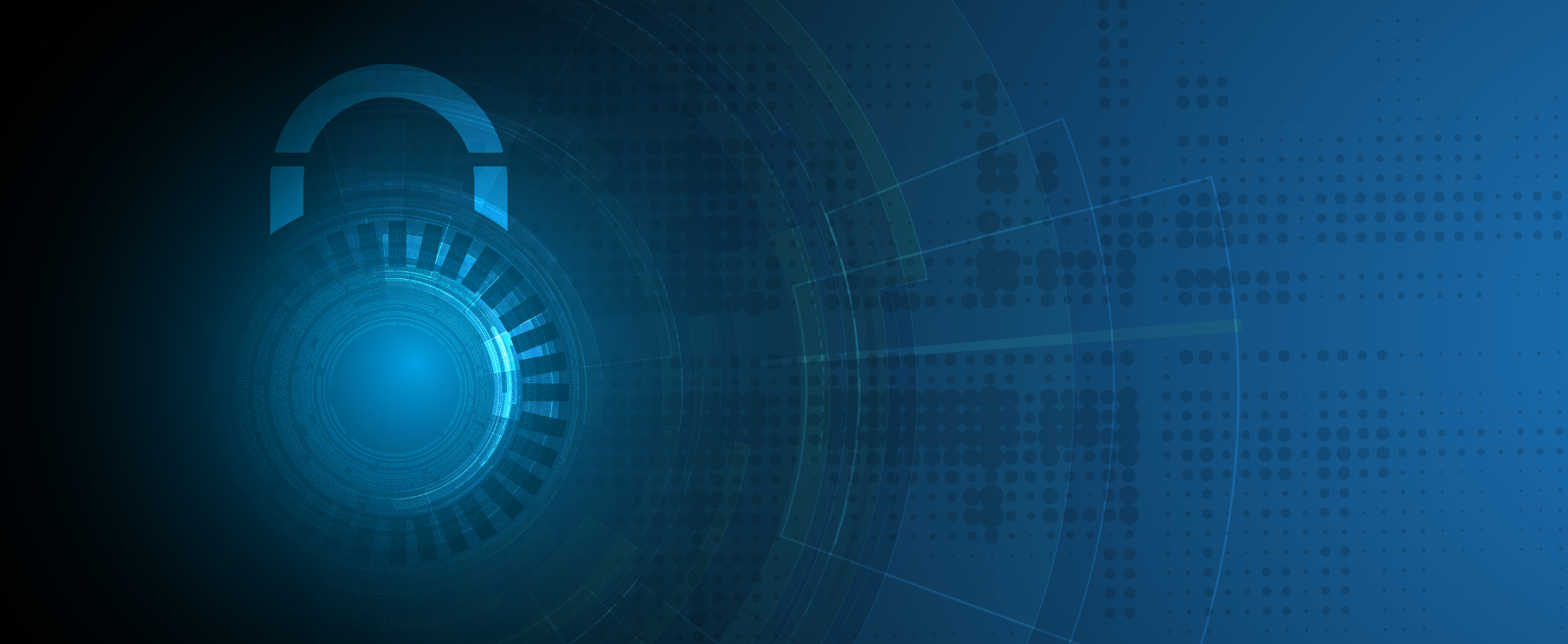
Often referred to as disk encryption, this keeps data safe by encoding all storage drives on a computer into ciphertext. You can encrypt hard drives...
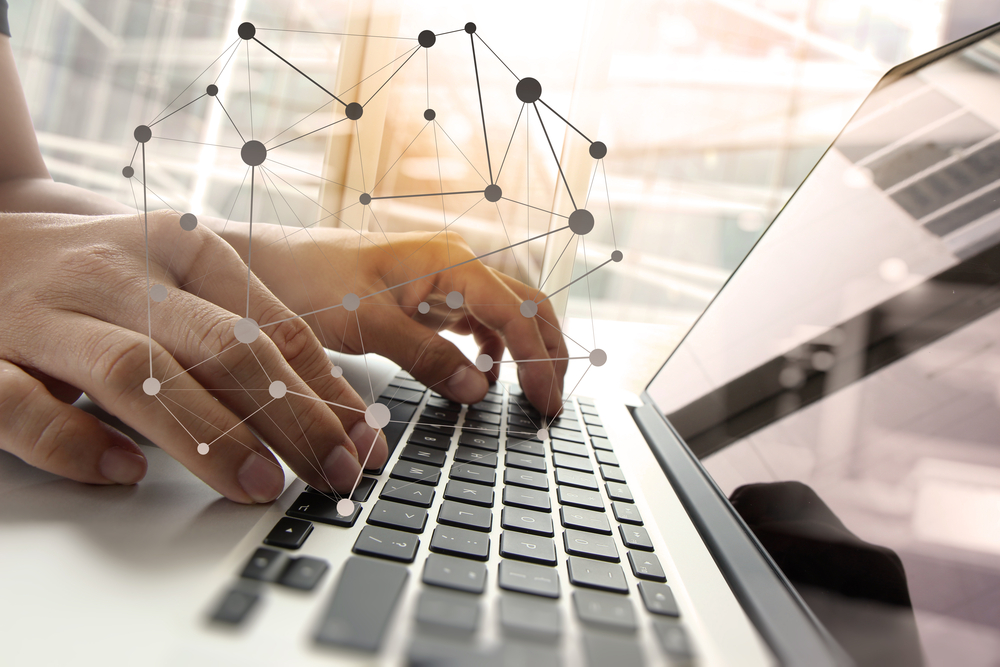
In the event of a cybersecurity incident, time is of the essence. You likely know that keeping security top of mind is critical for organizations,...
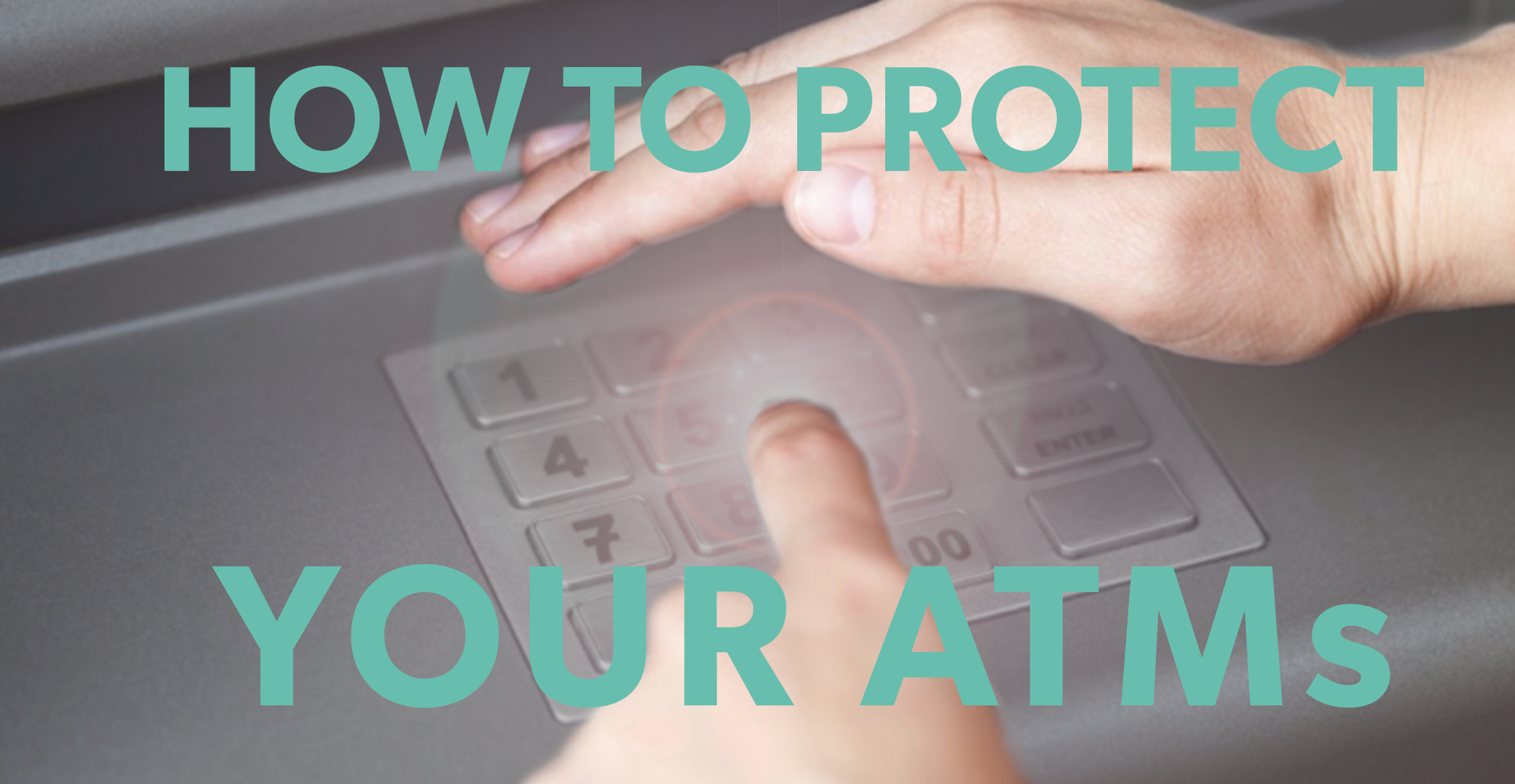
Rivial has learned through our threat monitoring that ATM malware attacks are spreading and we need all of our partners to take action to ensure they...